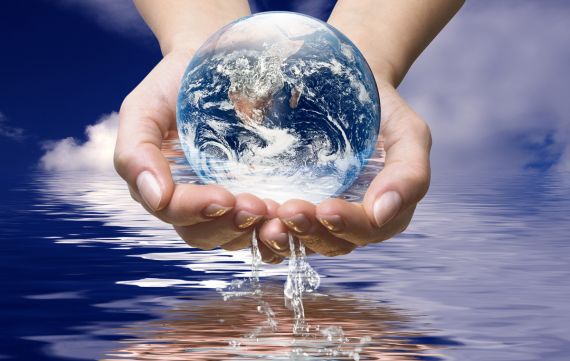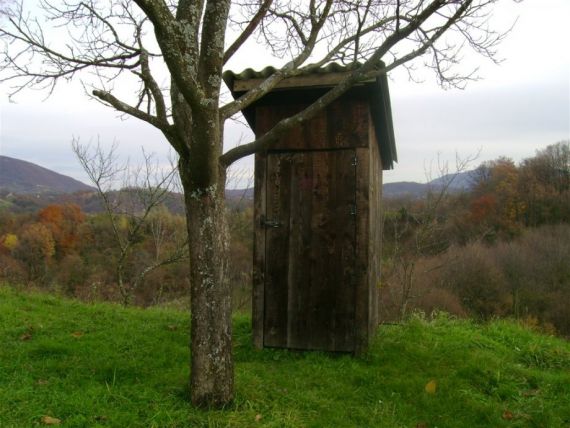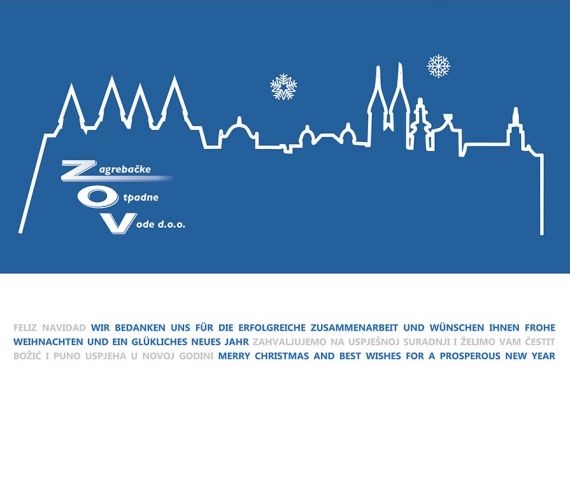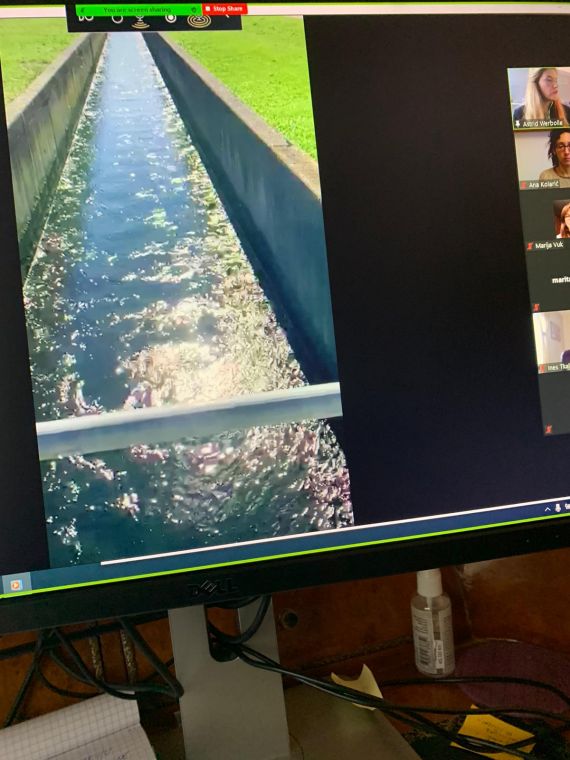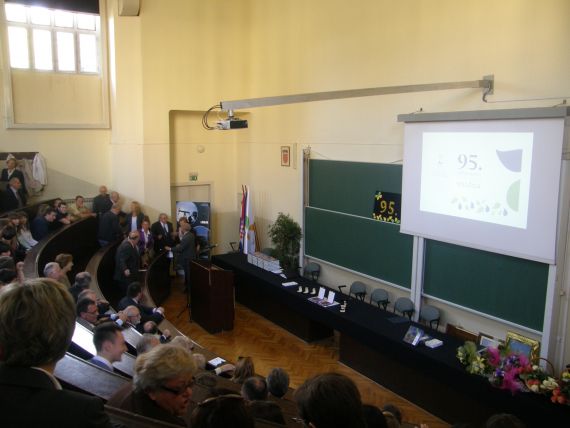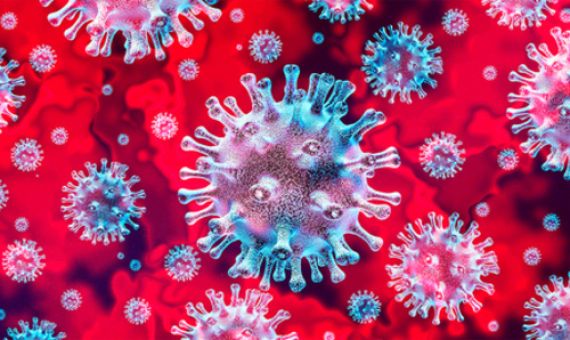Published: 4.11.2020.
The article was edited and published by Andrea Božić
For example, if we consider the total figure of wastewater produced worldwide, as much as 80 percent is released into the environment without adequate treatment. But it is a valuable resource from which clean water, energy, nutrients and other resources can be recovered, according to a World Bank report to mark World Water Day.
The report calls for smarter wastewater management, including reuse and resource recovery, and looks at wastewater projects around the world which have paid dividends for people, the environment, and economies in the short and long-term.
Efficiently investing in wastewater and other sanitation infrastructure is crucial to achieve public health benefits, improve the environment, and enhance quality of life. Safely managed water, sanitation and hygiene (WASH) services are an essential part of preventing disease and protecting human health during infectious disease outbreaks, including the current COVID-19 pandemic.
The report also sheds light on wastewater management experiences in the Latin American and Caribbean region, which are already reaping the benefits.
By using treated wastewater instead of groundwater, the San Luis Potosi power plant in Mexico cut costs by 33 percent, leading to US$18 million in savings over six years for the power utility. For the water utility, the additional revenue from selling treated wastewater helped cover operations and maintenance costs.
A wastewater treatment plant in Cusco, Peru, saves US$230,000 a year in transporting biosolids (nutrient-rich organic materials resulting from the treatment of domestic sewage in a wastewater treatment facility) and landfill fees due to an agreement with the local compost producer. The compost produced with the plant’s biosolids is then used as part of the water management project to preserve the Piuray Lake.
The Brazil-based CAESB water and wastewater utility’s use of biosolids for corn production led to higher-than-average grain yields and was 21 percent more efficient than mineral fertilizers.
The operator of the La Farfana wastewater treatment plant in Santiago, Chile, after investing US$2.7 million to retrofit the plant, was able to sell biogas, accounting for an annual net profit of US$1 million for the business.
The report recommends incorporating wastewater interventions as part of river basin planning, and pairing them with policies, institutions and regulations that foster this paradigm shift. Wastewater treatment plants need to be gradually repurposed as water resource recovery facilities, while also exploring and supporting innovative financing and sustainable business models that leverage the potential revenue streams of resource recovery from wastewater.
The report shows what’s possible when governments at all levels apply circular economy principles to their wastewater challenges. For example, in the city of La Paz, Bolivia, the national and municipal governments, as well as the water utility, with support from the World Bank and other development partners, are working together to incorporate circular economy principles in the design of the La Paz wastewater treatment plant. The goal is to address water pollution and public health issues caused by low levels of wastewater treatment and unregulated use in agriculture.
Prepared by: Astrid Werbolle
Source: www.worldbank.org

